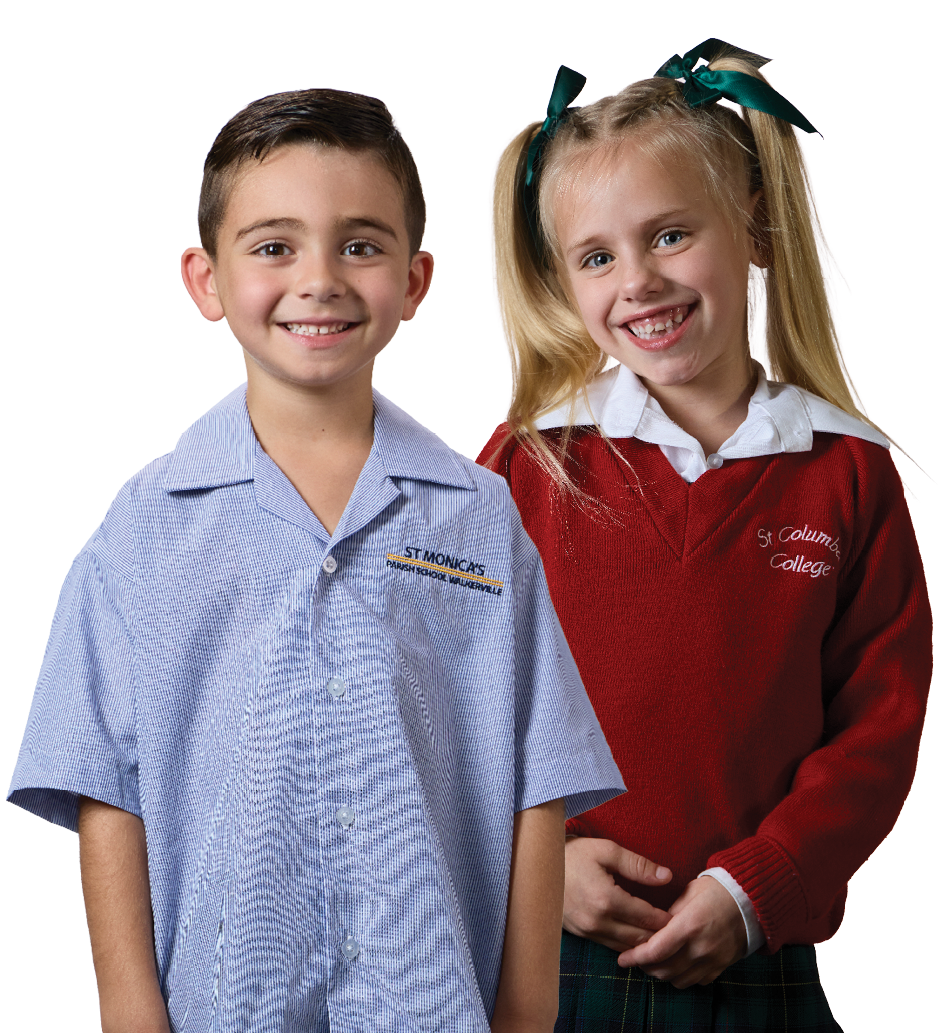
EVERYONE’S WELCOME AT A CATHOLIC SCHOOL.
Discover your local
Catholic school during
Catholic Schools
Open Week
August 4-10



Concepts of measurement and geometry can be used to solve novel problems.
Desmos is an interactive graphing calculator that allows teachers to set engaging instruction, exploration and practice tasks. With many existing resources, and capacity to create your own, there are applications for all year levels and topics.
A short game, similar to “guess who” aimed at sparking vocabulary-rich conversations between students about circles.
Consider using the activity builder to assign questions that will allow you to guage student understanding.
A video explains that the area of a circle is pi times the radius squared (A = π r²). This video can be used as a direct instruction tool to teach this formula to find the area of a circle when given the diameter.
Practice questions relating to finding the area of a circle with feedback and hints as required.
Link: Area of a circle (practice)
A video that explains the application of SSS, ASA, SAS and AAS postulates for finding congruency of triangles.
The NCMT is the peak body of mathematics educators in the USA.
This resource, aimed to help students derive the value of pi through the ratio of Circumference to diameter, can be adapted slightly to provide an engaging offsite learning activity where students collect round objects from their home. This can be used in conjunction with an excel spreadsheet on Office 365 to further build collaboration in the online classroom.
GeoGebra is dynamic mathematics software for all levels of education that brings together geometry, algebra, spreadsheets, graphing, statistics and calculus in one easy-to-use package.
An interactive activity that allows students to explore the congruence of triangles. It can also be used to screen cast within Office 365 teams to demonstrate with a class. Followed with some example questions, this can be a good resource to support understanding why the congruence postulates are true.
Which One Doesn't Belong? Is a website that provides thought-provoking puzzles for mathematics teachers, students and families. There are no answers provided as there are many different, correct ways of choosing which one doesn't belong.
The shapes problems can be used as a prompt for a lesson that can be streamed, or alternatively, engaging students in providing their own reasoning through effective communication. In the online environment, posting one of these problems on your Learning Management System, and asking students to vote for their correct answer (but keep this hidden from the students) and write a short response that summarises their reasoning. A follow up can be to review the votes of the poll, and then ask students to write why they think someone would have chosen the other answers. The final step in the sequence is to then reveal a model answer and explain what makes more effective mathematical communication. This can be done once a week to continue to build on the quality of responses over time.
The reSolve teaching resources provide exemplary materials from Years F to 10. They put into practice the elements of the reSolve Protocol and promote fluency, deep understanding, strategic problem solving, and mathematical reasoning. A number of the resources have been made by South Australian teachers, and all are aligned with the Australian Curriculum
As an inquiry protocol, these mathematics resources do need some structure and group norms to be formed around them, but when used effectively, they can be powerful. In a remote environment, some lessons will be very useful for getting students to actively collect data or information from the world around them. The two investigations on area of a circle and circumference are highly adaptable for remote learning and have PowerPoints that can be uploaded to your Learning Management System.